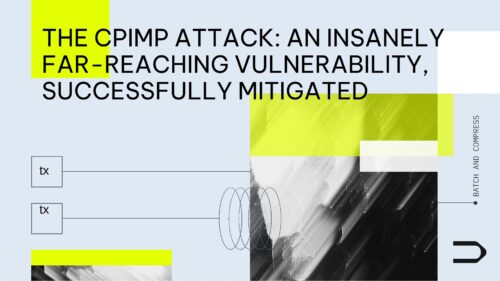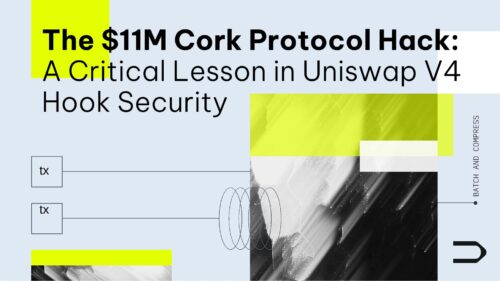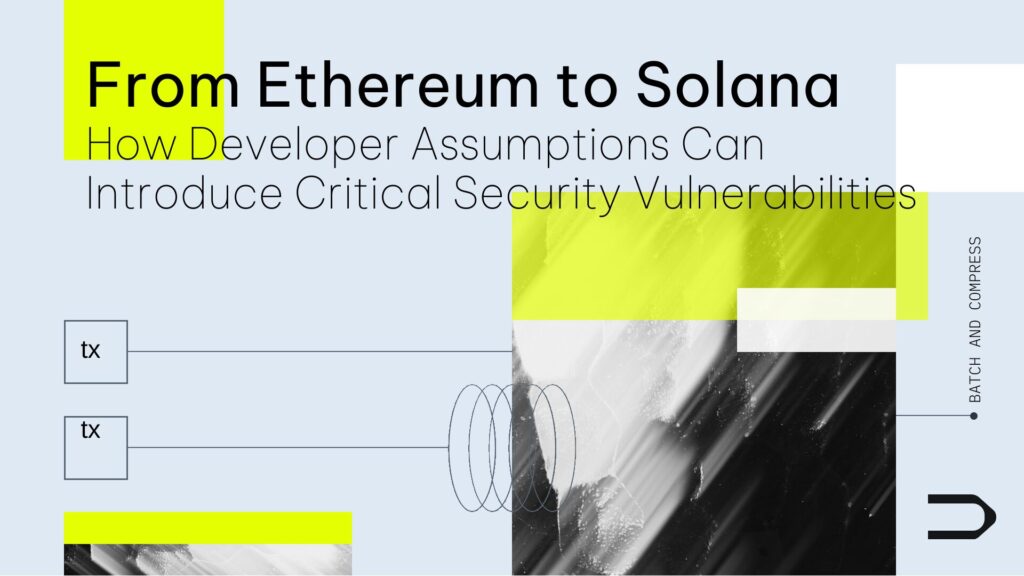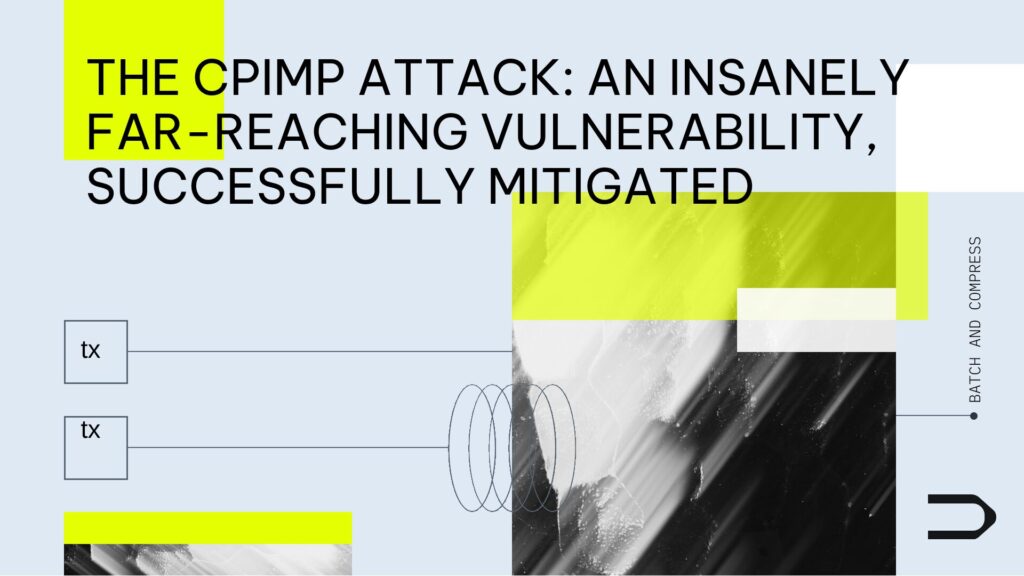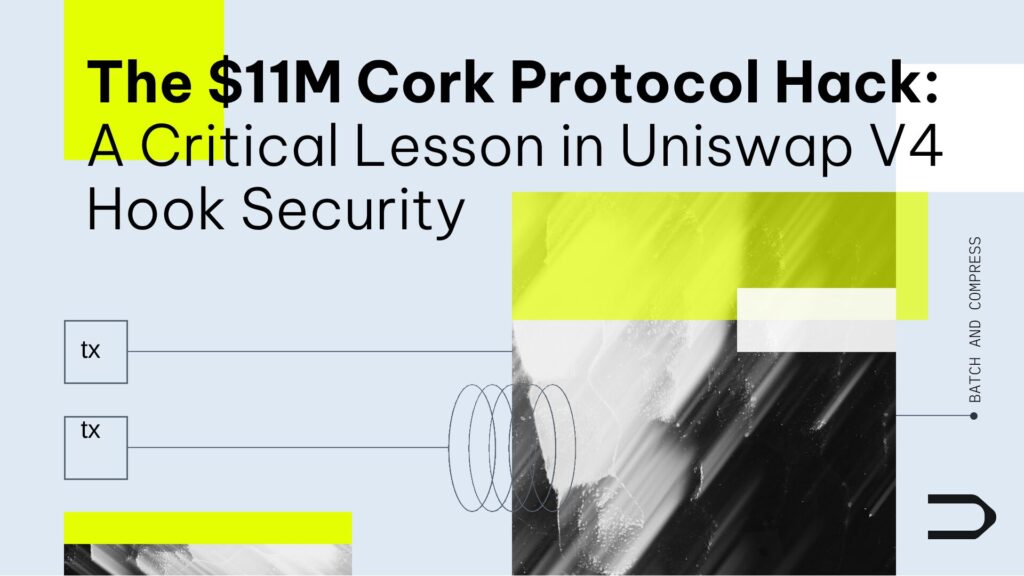Transaction Simulation Solutions | An In-depth Guide
Introduction to Transaction Simulation Solutions
Transaction simulation tools improve developer and user experience when operating decentralized Web3 applications (Smart Contracts running on programmable blockchains).
These tools can lower the risk and guesswork during development, deployment, and subsequent operation of Web3 applications. And they’re particularly useful in hostile security environments such as public blockchains.
Transaction simulation tools allow developers and users to “dry-run” the execution of transactions on the blockchain without committing the state changes of this transaction to the ledger.
For example, an end user can deposit funds in a yield farming vault and understand what proportion of the vault the deposit would be entitled to.
Another example is the simulation of a decentralized autonomous organization (DAO) proposal to evaluate its integrity and functionality, ensuring it’s not malicious before implementation.
In this article, we will explore the user experience and security issues that users and developers face when interacting with Web3 applications and how transaction simulation tools can help mitigate them.
By the end of this article, you’ll better understand what transaction simulation tools do, how they work, and how they can improve both user and developer experience.
The Need for Transaction Simulation Solutions in Blockchain
Web3 applications, such as DeFi applications, enable novel financial primitives with many more possibilities for end users. However, the complexity and irreversibility of blockchain transactions have led to unexpected fund losses for many users, often due to poorly designed interfaces in these applications.
Loss of funds is not the only issue for Web3 applications. We often face reverted or out-of-gas transactions, wasting funds, which is especially detrimental to our experience when interacting with Web3 applications.
The impact of these challenges is not limited to regular end-users. Developers and Web3 teams face the complex task of ensuring their contracts perform as intended.
Interacting with a blockchain protocol in a complex manner, for instance, through a multisig account, is a highly daunting task. Typically, it can be accomplished by forking the blockchain, but this is time-consuming.
Real-world scenarios underscore how critical transaction simulation solutions are. For instance, in platforms Yearn Finance or Uniswap Labs, where complex financial transactions are constant, the necessity to simulate transactions is invaluable.
In these cases, simulations allow users to review the outcomes of Smart Contract transactions in a controlled environment, giving teams time to identify and address potential issues before running them on-chain.
Types of Transaction Simulation Solutions Available
The market offers a variety of transaction simulation solutions, each catering to different needs and preferences.
Browser Extensions are popular for their ease of use, integrating with web browsers to offer simulation capabilities alongside wallet interactions.
In-Wallet Simulations integrate with the wallet software, providing a seamless experience for users to simulate transactions within the wallet interface.
Standalone Tools are comprehensive software solutions. These offer advanced features and greater flexibility for complex simulations. Developers and organizations needing detailed analyses and custom simulation scenarios prefer standalone tools.
Advantages of Using Transaction Simulation Tools
ERROR PREVENTION
Error prevention is a crucial advantage of transaction simulation tools, as they enable developers to simulate transactions in a controlled environment.
This process helps identify and correct errors before executing them on the blockchain, significantly reducing the likelihood of costly mistakes such as failed transactions that consume resources without achieving their intended outcomes.
Consequently, these tools greatly enhance blockchain applications’ overall reliability and efficiency.
EDUCATIONAL VALUE
For newcomers to blockchain development, transaction simulation solutions are invaluable educational resources. They provide a hands-on, risk-free platform for understanding the intricacies of blockchain transactions.
They allow developers to experiment with different scenarios, gaining practical insights into the operation of Smart Contracts. This experiential learning accelerates any developer’s expertise in blockchain technology, empowering them to build more sophisticated and secure dApps.
Choosing the Right Transaction Simulation Solution
Selecting an appropriate transaction simulation solution is crucial for blockchain developers. These tools come in various forms, each suited to different needs and environments.
Factors to Consider:
Network Support : Ensure the tool supports all relevant blockchain networks your project interacts with. For instance, if your Smart Contract runs on Ethereum and Polygon, the chosen transaction simulation solution must accommodate both.
Ease of Integration : Assess how seamlessly the tool integrates into your existing development. A smooth integration minimizes disruptions and maintains development flow.
User Experience : Assess the tool’s user interface and usability. A good simulator should offer clear insights into the transaction process, aiding decision-making and error identification.
Type of Tool : Decide between browser extensions and wallet-based simulators. Browser extensions are generally more flexible and accessible to test across various wallets, whereas wallet-based solutions offer a more integrated experience.
EVALUATION CRITERIA:
Reliability and Support : Investigate the tool’s performance history and the provider’s responsiveness to support queries and updates.
Track Record : Consider the provider’s reputation within the blockchain community. Long-standing, positively reviewed tools often indicate reliability and efficacy.
RECOMMENDATIONS:
Opt for solutions that prioritize security and accuracy in transaction simulation.
Avoid tools that are overly complex or do not offer transparent processes, as these can hinder rather than help your development efforts.
Stay informed about the latest developments in transaction simulation technologies to ensure your choice remains relevant and effective.
Selecting the right tool is crucial. It must meet technical requirements and adhere to the highest security and efficiency standards in the blockchain space.
Dedaub Watchdog Transaction Simulator
The Dedaub Watchdog Transaction Simulator allows users to simulate transactions when interacting with complex Smart Contracts before committing to the main chain.
It allows an understanding of all the various actions that would happen without the risk of losing funds. The Dedaub Watchdog transaction simulation provides three approaches, depending on specific use cases:
Through the Dedaub Simulation API, developers can integrate simulation directly into their applications.
Through the read/write/simulate feature on any Smart Contract page in Watchdog.
By installing the Dedaub TX Simulator Snap in Metamask.
When used by an end-user, such as in the latter two approaches, the transaction simulation presents relevant information in convenient formats through the Watchdog UI.
One such format is the (i) trace format, which contains all intermediate Smart Contract functions called, new Smart Contracts created, and events fired.
The other format contains fund transfer, and (ii) includes the amount of funds transferred, both for the user and other participants in the transaction.
(Trace format above)
(funds transferred above)
When used by Web3 users, an important use case is checking the legitimacy and reliability of the accounts and Smart Contracts involved in the transaction. By simulating transactions, users can also gain insight into potential outcomes, allowing them to identify risks proactively.
The Dedaub Watchdog Transaction Simulator leverages the Dedaub Smart Contract database. The database offers detailed, real-time information on all deployed Smart Contracts on-chain, providing deep insights into the workings of Smart Contracts.
Conclusion
In conclusion, transaction simulation tools, particularly those exemplified by the Dedaub Watchdog Transaction Simulator, represent an advancement in Web3 application development and user interaction. They provide an extra layer of security and insight, allowing developers and end-users to identify and rectify potential issues in Smart Contract transactions promptly. These tools prevent costly errors and fund losses and serve as educational resources for those new to blockchain technology. With their ability to simulate complex financial transactions in a controlled environment, transaction simulation solutions enhance the efficiency, reliability, and overall user experience of interacting with Web3 applications.

